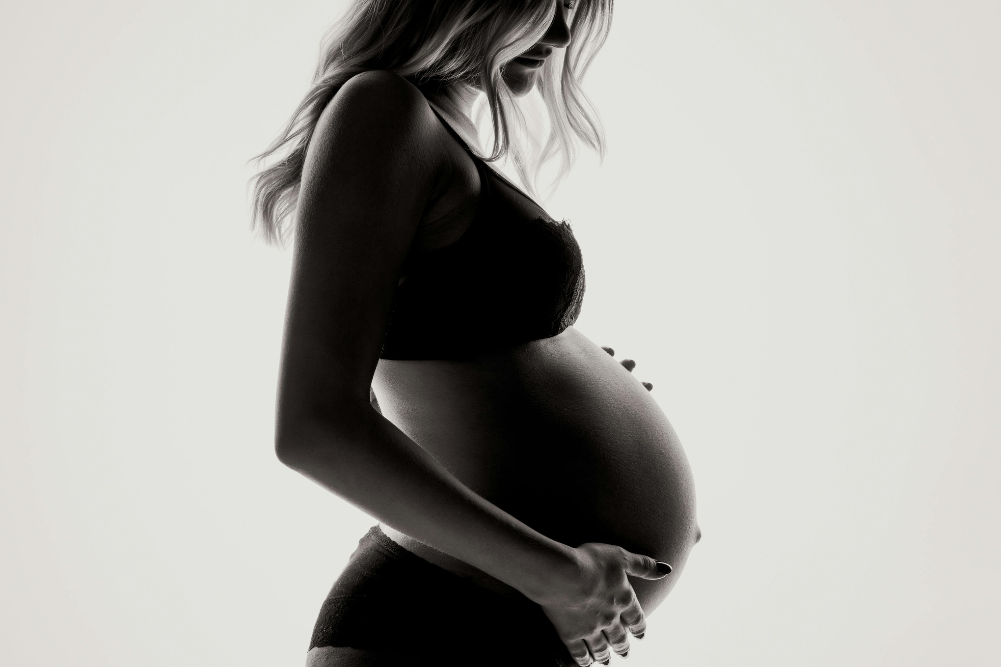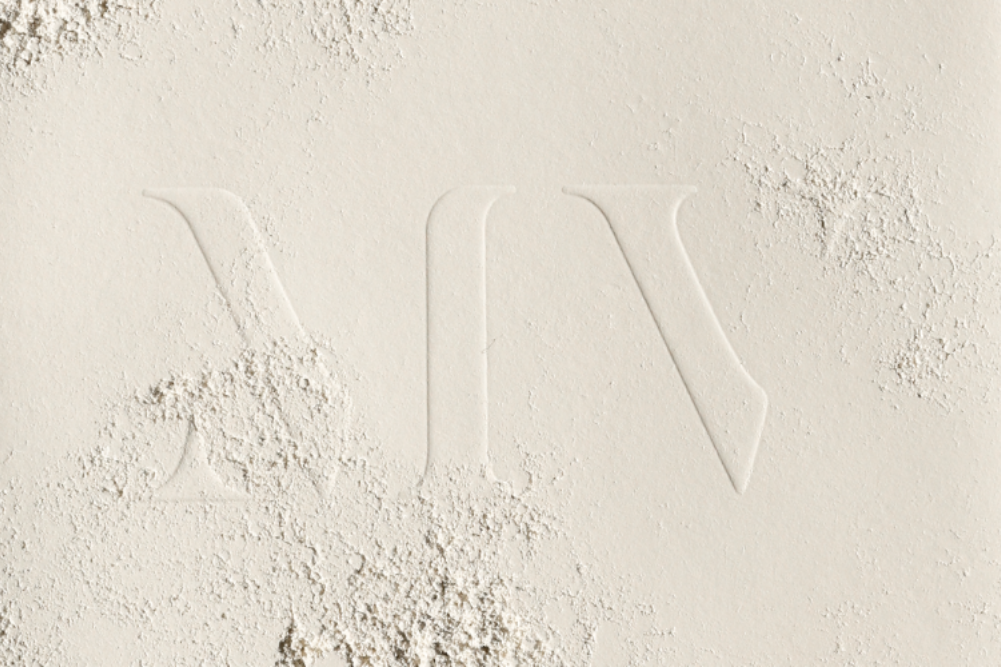How to balance your acid and alkali levels
If your skin is looking lacklustre, your hair dry and nails brittle and you’re baffled as to why, it could be that you’re suffering from acidosis. Acidosis is quite common in the Western world, caused by a diet high in acid-producing foods including refined foods and animal products and, conversely, a diet low in alkaline-producing foods such as fresh green vegetables.
Acidosis occurs when the body’s fluids and tissues become acidic, straying from their healthy, balanced or neutral pH of 7.365, which is slightly alkaline. the pH (meaning potential of hydrogen) is measured on a scale of 0–14; the lower the pH the more acidic, the higher the pH the more alkaline. (While the stomach should be acidic to aid digestion, and the skin slightly acidic, the body’s tissues and fluids need to be slightly alkaline.)
White sugar, beverages such as coffee, sugar alternatives such as aspartame, medicines and soft drinks are all acid-producing. Other lifestyle factors such as stress and exposure to chemicals in personal care and cosmetic products also produce acid. When the body becomes too acidic, a whole range of health issues can occur.
How does it affect the skin? In numerous ways. When acidic, the body borrows minerals — including calcium, sodium, potassium and magnesium — from vital organs and bones to buffer (neutralise) the acid and safely remove it from the body. Minerals are essential for the health of the hair, skin and nails and for the body to carry out its numerous tasks and, of course, for hair and skin to glow.
An acid-producing lifestyle can damage your red blood cells, making them clump together — healthy cells should be roaming around freely through blood plasma. Red cells carry oxygen to your skin, but when they are sticky and bulky they deprive the skin of a quick and efficient supply of oxygen. An acid imbalance accelerates free radical activity and reduces the amount and quality of collagen and elastin (the substances that give your skin bounce and structure), contributing to premature ageing of the skin.
Weight loss can also be an issue for acidic bodies. When the body has run out of minerals to neutralise the acids, they can end up stored in fat cells. The body is reluctant to release the acids because they’re toxic, thus making it hard to lose weight.
Rebalancing your body’s pH requires a healthy diet and lifestyle, with plenty of movement, relaxation and good bowel health (constipation adds to acidity). Eating a diet rich in green vegetables and green foods such as wheatgrass as well as other alkalising foods (see below) can be helpful, as can reducing the amount of acid-forming substances that go into your body.
Chlorophyll supplements, says nutritionist and author of The Healthy Skin Diet, Karen Fischer, are helpful, as they help neutralise acids while stimulating bowel movement. She stresses that you don’t want your skin’s tissues and fluids to be overly alkaline, either, as people who eat only salads and vegetables with no protein such as beans and fish end up feeling unwell and may have sallow-looking skin that has poor tone.
She adds it’s about getting a good balance of alkaline foods and healthy acid-forming foods. The healthier acid-forming foods include unrefined natural foods such as organic meats and dairy (unhomogenised and unpasteurised are, apparently, the least acidic) and acid-forming organic fruits and vegetables.
Fisher says finding out your acid/alkaline balance can be done through blood tests or, less efficiently though still a good indication, through pH urine or saliva strips, available at the chemist. A healthy blood pH reading for your blood is between 7.35 and 7.45. When your body’s pH is in balance your urine pH will be between 7.0 and 7.5.
Following is a list of the strongly acid-forming and alkaline-forming foods, although if you’d like to do further research there are many more that fall into other categories such as mildly acid-forming and mildly alkaline-forming.
Acid-forming foods
Highly acid-forming foods include pork, beef, processed fruit juice, yellow cheeses, processed meats, soft drinks, wine, hydrogenated fats, margarine, commercially made tomato sauce, pickles and mustard, processed table salt, chickpeas, peanuts, hazelnuts, pecans, kiwifruit, mandarines, nectarines, oranges, pineapple, white flour products, white rice. Spirulina, though green, is also acid-forming.
Alkaline foods
Highly alkalising foods include dark, leafy greens, artichoke, beets, broccoli, carrots, cucumber, dandelion greens, lettuce, cabbage, green beans, spinach, yams, zucchini, potatoes, almonds, lemons, limes, apple cider vinegar, grapefruit, apricots, banana and tomato.







